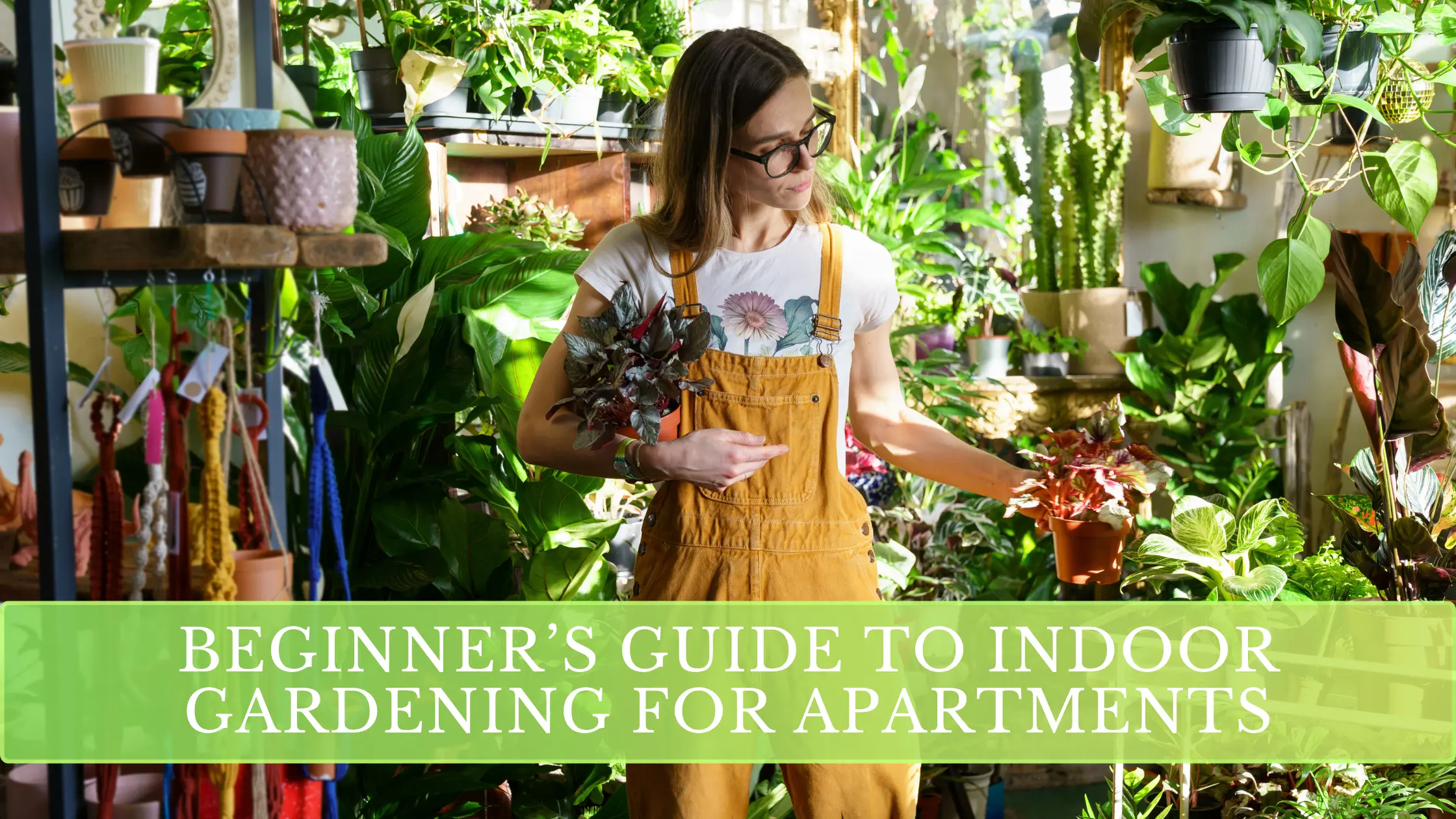How to Create a Gardening Schedule for Busy People
Introduction: Gardening for Your Real Life Want a lush, productive garden but short on free time? You’re not alone. The secret isn’t more hours—it’s having a gardening schedule for busy people that breaks tasks into tiny, manageable steps and adapts to your unique routines and seasons. Whether your space is a balcony, raised bed, or … Read more

